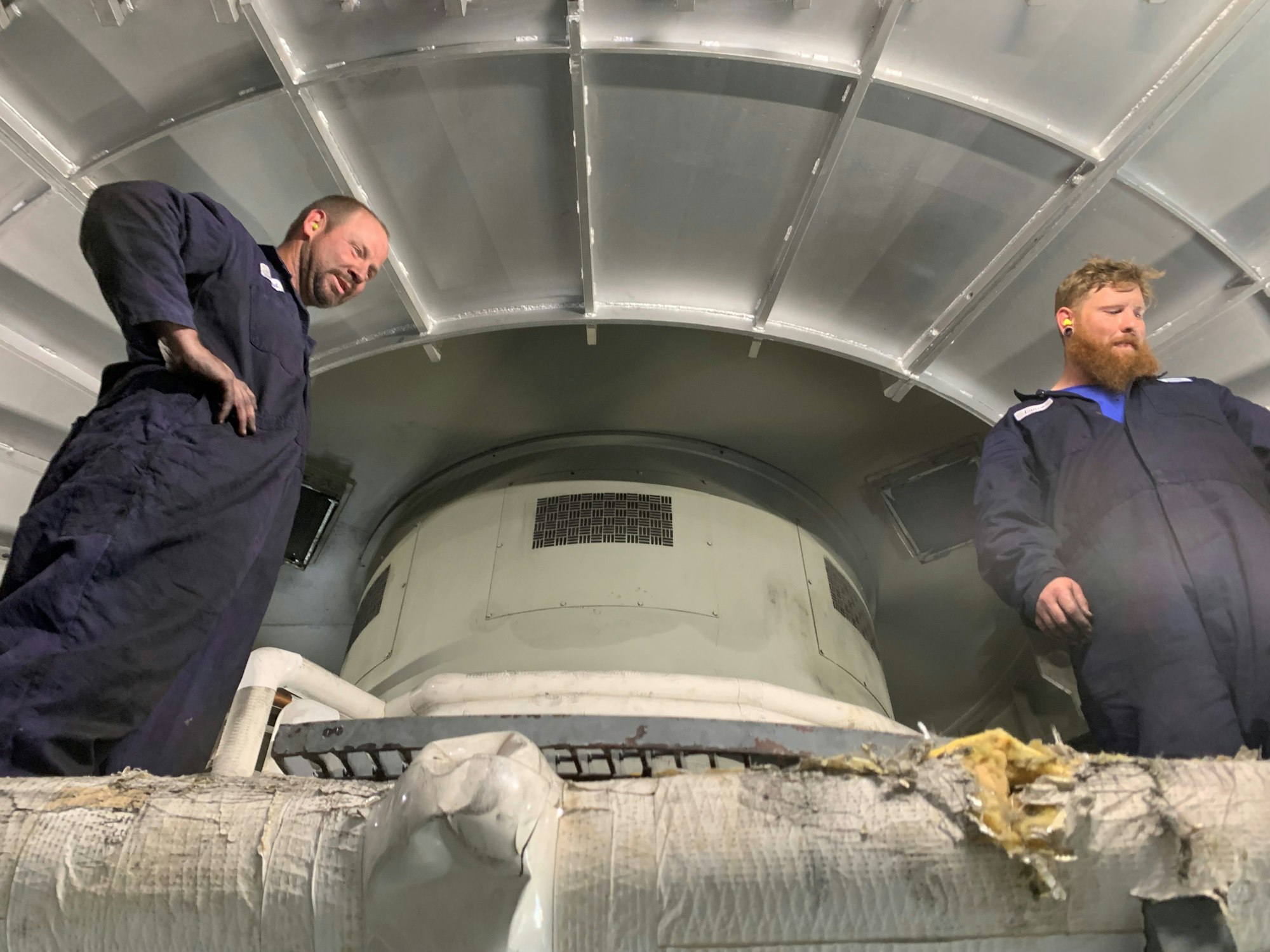NID Hydropower

Also known as hydroelectricity, hydropower is generated by the natural flow of water. It's a clean, renewable energy source that won't pollute the air like fossil fuels.
NID is a leader among northern California water agencies in the production of clean, renewable hydropower. Operating seven hydropower plants, it generates enough electricity to supply the District's own energy needs plus that of about 60,000 homes.

NID began producing electricity in 1965 with the completion of the $65 million Yuba-Bear Power Project, which was completed from 1963-66. This remains a very important milestone in NID history. It brought not only power generation capability, but new reservoirs and canal systems, recreation facilities and, most importantly, created an additional 145,000 acre-feet of water storage for District residents.
The original project included the Chicago Park and Dutch Flat powerhouses and, in 1980, the Rollins and Bowman powerhouses were added. Additional small power plants were added during the 1980s at Scotts Flat and Combie reservoirs to make use of existing water releases.
NID has power sales agreements that market its electricity to the Pacific Gas & Electric Company and the Northern California Power Agency.
The District's hydropower operations are a huge win for customers. In addition to contributing millions in revenues from power sales to offset water rates for the customer, hydropower also covers all of the costs of upper division water storage, conveyance, delivery, maintenance, and operations from the headwaters of the Middle and South Yuba Rivers, Bear River, Canyon Creek, and Deer Creek watersheds through the District’s mid-elevation storage reservoirs of Scotts Flat, Rollins and Combie.
NID's hydropower facilities include 13 reservoirs and 20.75 miles of pipes, flumes, tunnels and open ditch canals. Click on each powerhouse to learn more about its history and function with descriptions and photos.
NID POWERHOUSES
- Chicago Park 39.00 megawatts
- Dutch Flat 24.57 megawatts
- Rollins 12.15 megawatts
- Bowman 3.60 megawatts
- Combie South 1.50 megawatts
- Deer Creek 5.7 megawatts
- Scotts Flat 0.875 megawatts
- Combie North 0.50 megawatts
Total: 87.90 megawatts
One megawatt equals one million watts or 1,000 kilowatts. That’s enough electricity for the demand of about 750 homes at once. That number fluctuates because electrical demand changes based on the season, the time of day and other factors.

